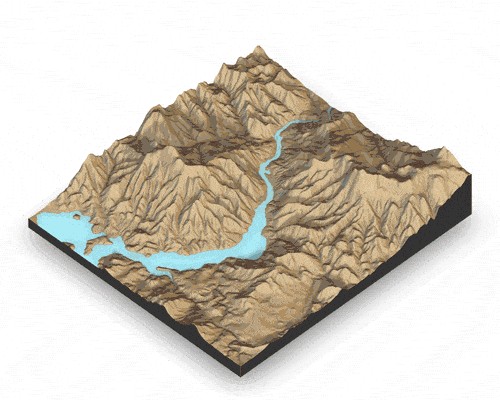Learning a new programming language can be daunting, and R is no exception. This guide tackles the question “how hard is it to learn R?” head-on, offering insights and a structured approach to make your learning journey smoother and more effective.
 alt text: a person working on a laptop with code displayed on the screen
alt text: a person working on a laptop with code displayed on the screen
Why the Difficulty Question Matters
Many aspiring data scientists wonder about the difficulty of learning R. Understanding the challenges and adopting the right strategies can significantly impact your success. This article explores common roadblocks and provides a practical, step-by-step approach to mastering R.
Common Challenges in Learning R
R’s unique syntax and steep initial learning curve can be intimidating for beginners. Complex data structures and cryptic error messages can lead to frustration. Many learners jump into advanced topics prematurely without a solid foundation in core concepts. This often results in discouragement and ultimately giving up.
Debunking the Myths: R Isn’t That Hard
While R has its challenges, it’s not as insurmountable as some might think. The key is to avoid common pitfalls and adopt effective learning strategies. This guide outlines a practical, project-based approach that emphasizes hands-on experience and iterative learning.
The Problem with Traditional Learning Resources
Many R tutorials and courses attempt to cover everything at once, overwhelming beginners with a deluge of information. They often lack practical application, focusing on theory rather than real-world problem-solving. This leaves learners unprepared for the demands of data science roles, which require skills beyond basic syntax.
An Easier Path to R Proficiency: The Iterative Approach
The most effective way to learn R is through an iterative process:
- Learn a Concept: Study a small portion of material from a comprehensive resource.
- Apply Immediately: Use the learned concept in a new project with a dataset that interests you.
- Review and Refine: When encountering difficulties, revisit the material and seek clarification.
- Repeat: Continue this cycle, progressing to the next section only after successfully completing a project.
Step-by-Step Guide to Learning R
Step 1: Define Your Motivation
Identify your reasons for learning R. What do you hope to achieve? Connecting your learning to your goals will fuel your motivation and help you persevere through challenges.
Step 2: Master the Essentials Quickly
Focus on fundamental concepts: basic syntax, data structures (vectors, data frames), data manipulation with dplyr, data visualization with ggplot2, writing functions, and statistical analysis basics. Don’t get bogged down in memorizing every detail; prioritize understanding core principles.
Step 3: Guided Projects: Building Confidence
Engage in guided projects that apply learned concepts to real-world scenarios. This hands-on experience solidifies your understanding and builds confidence.
Step 4: Independent Projects: Unleashing Creativity
Transition to independent projects that align with your interests. This allows you to explore your own ideas, develop problem-solving skills, and build a portfolio showcasing your abilities.
Step 5: Advanced Projects: Mastering Complexity
Tackle complex projects that involve large datasets, machine learning algorithms, and sophisticated data analysis pipelines. This prepares you for the challenges of professional data science work.
Conclusion: Your R Journey Begins
Learning R is a journey, not a race. Embrace challenges, celebrate small victories, and leverage the resources available. With a structured approach and persistent effort, you can conquer R and unlock the power of data science. Start your learning adventure today!
FAQs: Addressing Common Concerns
Is it hard to learn R? R has a learning curve, but with the right approach and resources, it’s manageable.
Can you learn R for free? Yes, many free resources exist, but paid platforms often offer structured learning and support.
Can you learn R from scratch (with no coding experience)? Absolutely! R is beginner-friendly, especially with the tidyverse packages.
How long does it take to learn R? It depends on your goals and dedication, but many achieve proficiency within a year with consistent effort.
Do you need an R certification to find work? Practical skills and a strong portfolio are more valuable than certifications.
Is R still a good language to learn? Yes, R remains highly relevant and widely used in data science and various industries.
How much money do R programmers make? Salaries vary, but R programmers often earn competitive salaries in data-related roles.
Should I learn base R or tidyverse first? A combined approach, starting with base R fundamentals and transitioning to tidyverse, is often recommended.